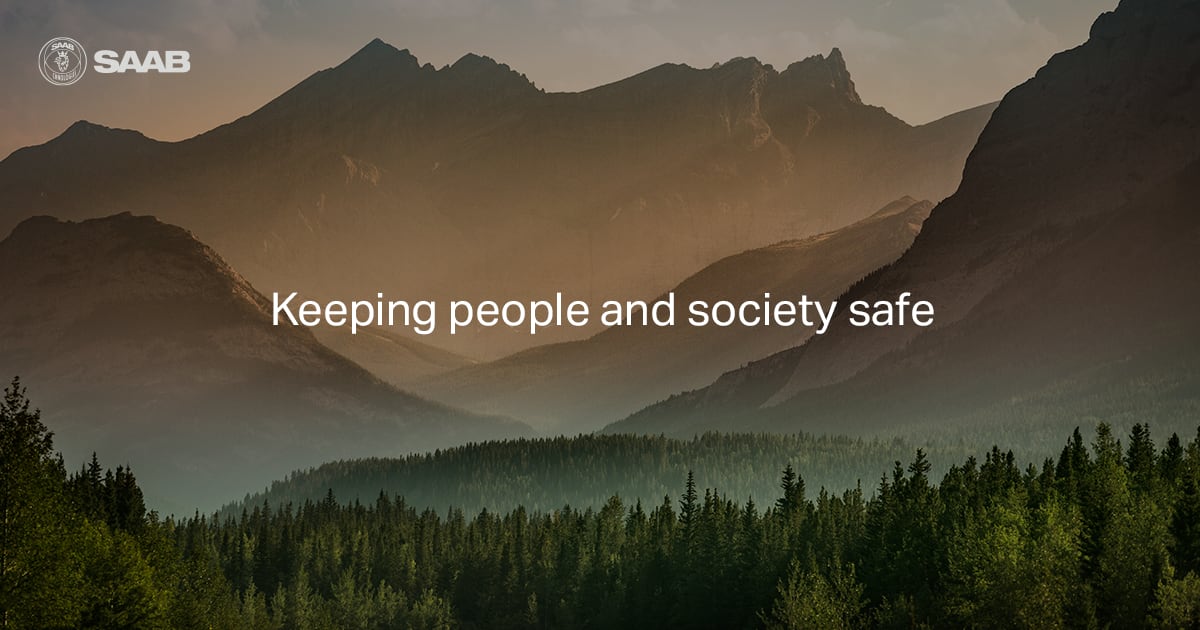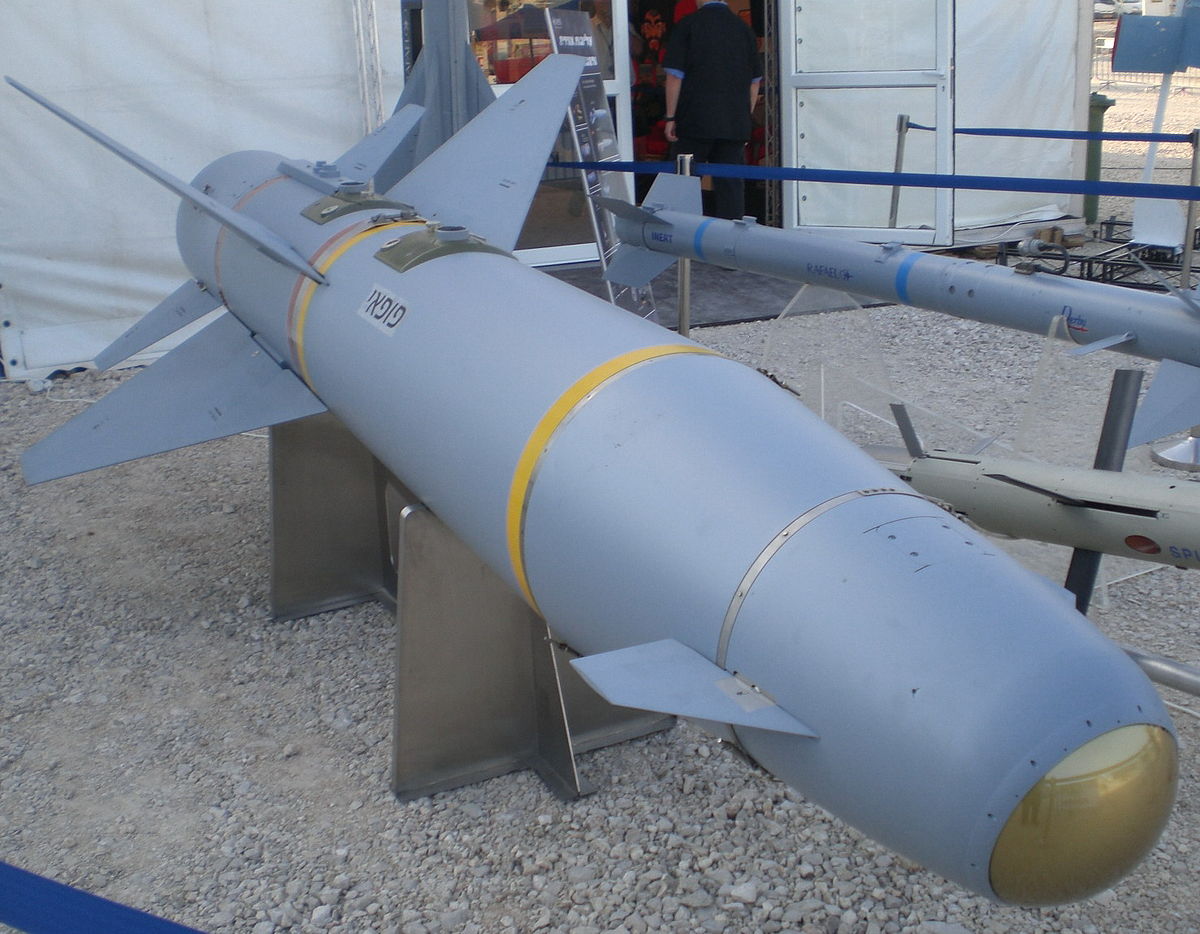Gyllis1
Respected Leader
Oma viestini oli ketjun otsikon kontekstissa.FT: Saab boosted by jump in orders and positive cash flow
Saab boosted by jump in orders and positive cash flow
Chief of Swedish defence group warns over risks to global supply chain
Saab, the Swedish defence group, beat market expectations on Friday with a significant swing in cash flow in the first half and a sharp jump in orders despite the constraints of the coronavirus pandemic.
However, Micael Johansson, chief executive, warned that there remained risks in a global defence supply chain that could struggle, given contrasting conditions in different markets.
The majority of Saab’s own sites were “fully up and running and we have been able to deliver to customers,” he told the Financial Times.
Even in Brazil, where the number of cases this week passed the 2m mark and where Saab only recently began manufacturing, “things are working,” he said.
The challenge now was with suppliers, “to understand in detail how [they] will get back on track . . . That is complex material to handle now.” As a result, Saab continued to suspend its profit guidance for this year, he said.
But the company was sticking to its target of delivering positive operating cash flow this year against last year’s outflow of SKr 1.3bn ($140m). Saab was also maintaining its longer-term targets of increasing sales by 5 per cent a year and pushing operating margins to 10 per cent.
Saab’s shares have been weighed down by two years of cash outflow, the result of heavy investment in development of new variants of its Gripen fighter and in the airborne early warning system GlobalEye. They rose 3 per cent in early trading on Friday, after the company beat the second-quarter consensus on operating profit by about 30 per cent.
During the first half Saab generated positive operational cash flow of SKr235m ($26m), against an outflow of SKr2.7bn last year, helped by deliveries from those programmes and a state support package that allowed deferment of taxes and fees for three months.
Operating profits were flat at SKr 1.2bn, on equally unchanged sales of SKr16.9bn. However this masked a 5 per cent rise in sales in the second quarter. Orders in the first six months rose by 45 per cent to SKr 14.1bn, including a second-quarter jump of 77 per cent.
Pavan Daswani, analyst at Citi, said the swing into positive cash generation would be good news for investors. The second-quarter operating profit performance was a “significant beat” on a consensus of limited forecasts, “but more important is the large cash inflow in the second quarter, which should be taken well given that cash flow delivery has been a key focus for investors,” he said.
Sandy Morris, an analyst at Jefferies, said: “We cannot promise an end to the volatility in cash flows that we believe have often diverted attention from Saab’s underlying progress, but [its] position is starting to look more stable, and more predictable.”
Mr Johansson also stressed the importance of Saab’s partnership with the UK on future combat air systems, known as project Tempest. Work had been done on how the three partners — the UK, Sweden and Italy — would work together rather than bilaterally as has been the case so far, he said
Toinen juttu. Tästä oli leike toisessa ketjussa, mutta koko juttu.
FT: Saab chief urges UK and EU to avoid defence co-operation ‘disaster’
Saab chief urges UK and EU to avoid defence co-operation ‘disaster’
Micael Johansson says loss of industry ties would hit critical mass, capability and tech
The head of Saab, Britain’s partner in the Tempest next generation fighter jet programme, has warned it would be a “disaster” if the UK and EU came to the end of the Brexit transition period without a defence co-operation agreement that ensures access to both markets for industry.
Micael Johansson, who took over as chief executive last autumn, said there was a risk to Europe’s strategic interests and to defence industries on both sides of the Channel if the UK forged even closer ties with the US at the expense of European collaboration.
“If we lose the UK, if it is too close to the US, we will lose critical mass, capability, technology, and partnership with UK industry. That is not good,” he said in an interview with the Financial Times ahead of the group’s results on Friday.
He called for UK companies to have access to the European Defence Fund’s €8bn budget and for EU industry to participate in UK equipment programmes.
“It must work in both directions,” he said. Both the UK and the US want the EU to give them the chance of joining European Defence Fund projects.
Mr Johansson’s comments come as the Swedish defence group, which makes the Gripen fighter jet, searches for strategic partnerships as part of a global expansion programme.
Saab, which is 30 per cent owned by the Wallenberg family’s investment company Investor AB, and has most of its production facilities in Sweden, intended to invest more in the development of intellectual property in countries such as the UK, US, Australia and Brazil, Mr Johansson said.
It would also “look at changes in the supply chain” to accommodate the international strategy.
Mr Johansson has taken charge at a critical moment.
Two years ago, the group called on shareholders for SKr6bn to fund development of new technologies and expansion into new markets. Saab had already invested heavily after a contract win for its Gripen fighter in Brazil, which required manufacturing facilities to be built there, as well as for a training aircraft to be developed with Boeing.
The rights issue sent the company’s shares into a tailspin from which they have never recovered. On Tuesday, they were trading around SKr244 a share, against close to SKr400 the day before the rights issue in October 2018.
Heavy cash outflows over the past two years have weighed on investor sentiment. However, Saab has promised it will return to positive operating cash flow in 2020, even with the disruption from the pandemic to the roughly 15 per cent of the business that is not defence related.
That means a smooth acceleration in production and deliveries of its new Gripen-E/F variant for Sweden and Brazil and of its airborne surveillance platform, GlobalEye.
Investors are watching for any hiccups that could affect the company’s chances in big fighter contract competitions under way in Finland, Canada, Colombia and India.
This year should mark a change of direction in cash flow, said Pavan Daswani, aerospace and defence analyst with Citi investment bank: Gripen deliveries are accelerating and R&D spending is starting to fall.
Saab is 36th in the league table of global defence companies, on sales of SKr35.4bn last year. Without the resources or political influence of a Lockheed Martin (annual defence sales of more than $50bn) or a Boeing (defence sales of $26bn) to clinch export orders, Saab has had to make its living from engineering ingenuity.
“Saab is a remarkable company,” said Sash Tusa, aerospace analyst at Agency Partners. “They do a fully fledged combat aircraft on their own. Their radar technology is up there with the far bigger Leonardo and Thales. And they retain the ability to design and build conventional submarines. None of these are easy, and they are done . . . [by] a company with annual revenues of about $4.1bn, and in a country with a population of only 10m.”
One of Saab’s strengths has been to design an aircraft that is more affordable for governments that do not need the full capabilities of Lockheed Martin’s F35, Dassault Aviation’s Rafale or Europe’s Eurofighter. “Their target audience is quite niche,” said Mr Daswani. “They are the low cost equivalent, but it is still quite a strong product . . . It is cheaper than peers not just to buy, but to operate.” Saab’s use of digital technology to cut development costs and design an easily upgradeable jet has also helped.
“They haven’t just broken the cost curve — where every generation of jet gets more expensive than the last. They have pretty much knocked the cost curve out of the park,” said one aerospace executive from a rival jet maker. “We have been on the driving range, while they have been out on the golf course.” The digital design and modelling processes used by Saab were a major draw for Britain, France and Germany when they began to consider partners for their own next generation combat aircraft.
Mr Johansson said Saab had been asked to participate in the Franco-German project launched in 2018. Instead it chose to be part of the UK’s Tempest. The UK had offered Saab involvement in design and development, while the Franco-German offer was to participate only once the concept had been decided.
“It was a no-brainer for us to choose that option instead of waiting a couple of years to get a fraction of the Franco-German programme.”
For Saab, a next generation programme like Tempest — which could be a jet or a complex system of systems combining aircraft, drones and intelligent weaponry — may be the path to an even bigger market.
“Technology is moving so fast . . . we have to work with other countries,” Mr Johansson said. “Everything will not be in Sweden going forward.”
Hienoa toki että Saabilla pyyhkii muutoin hyvin.



